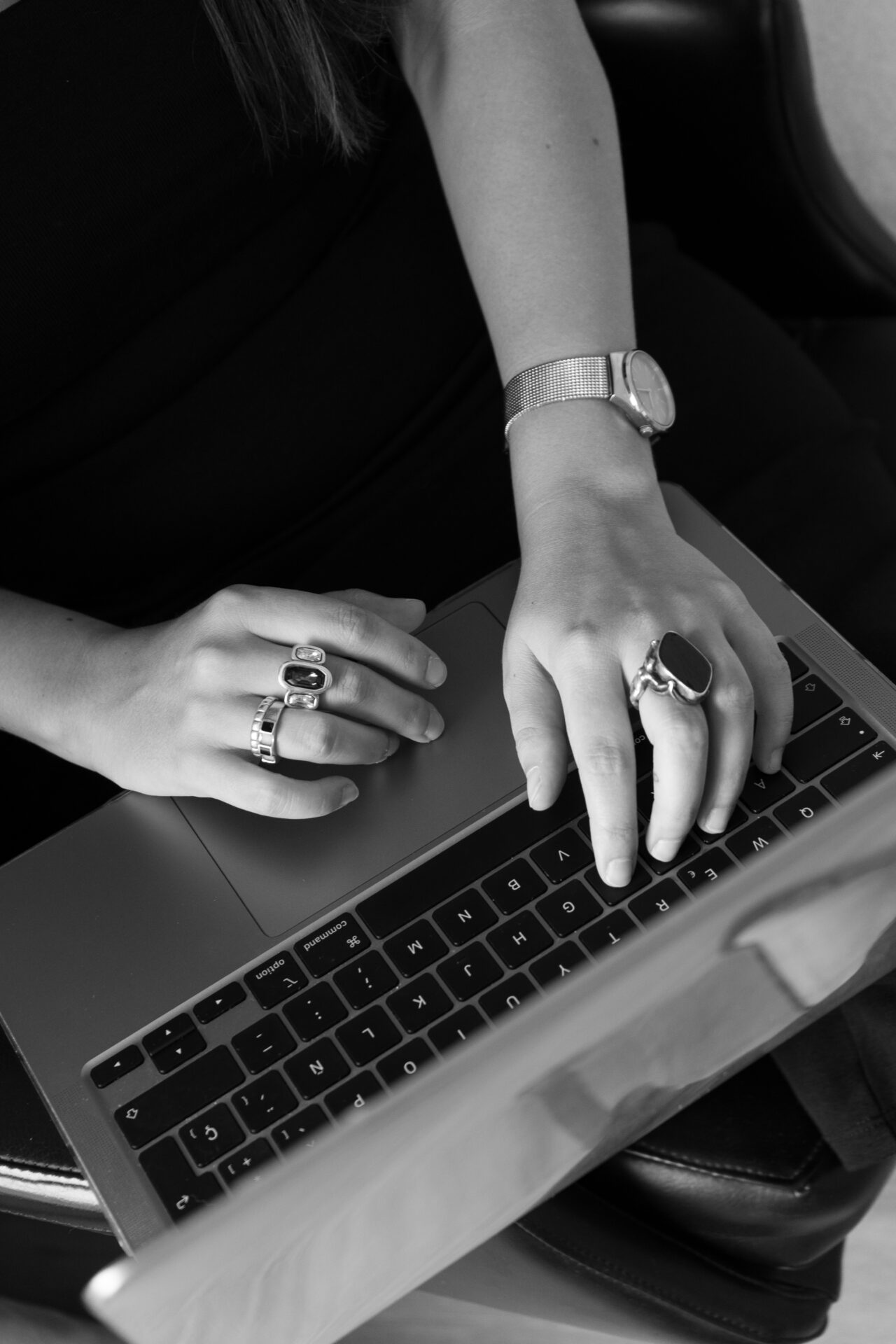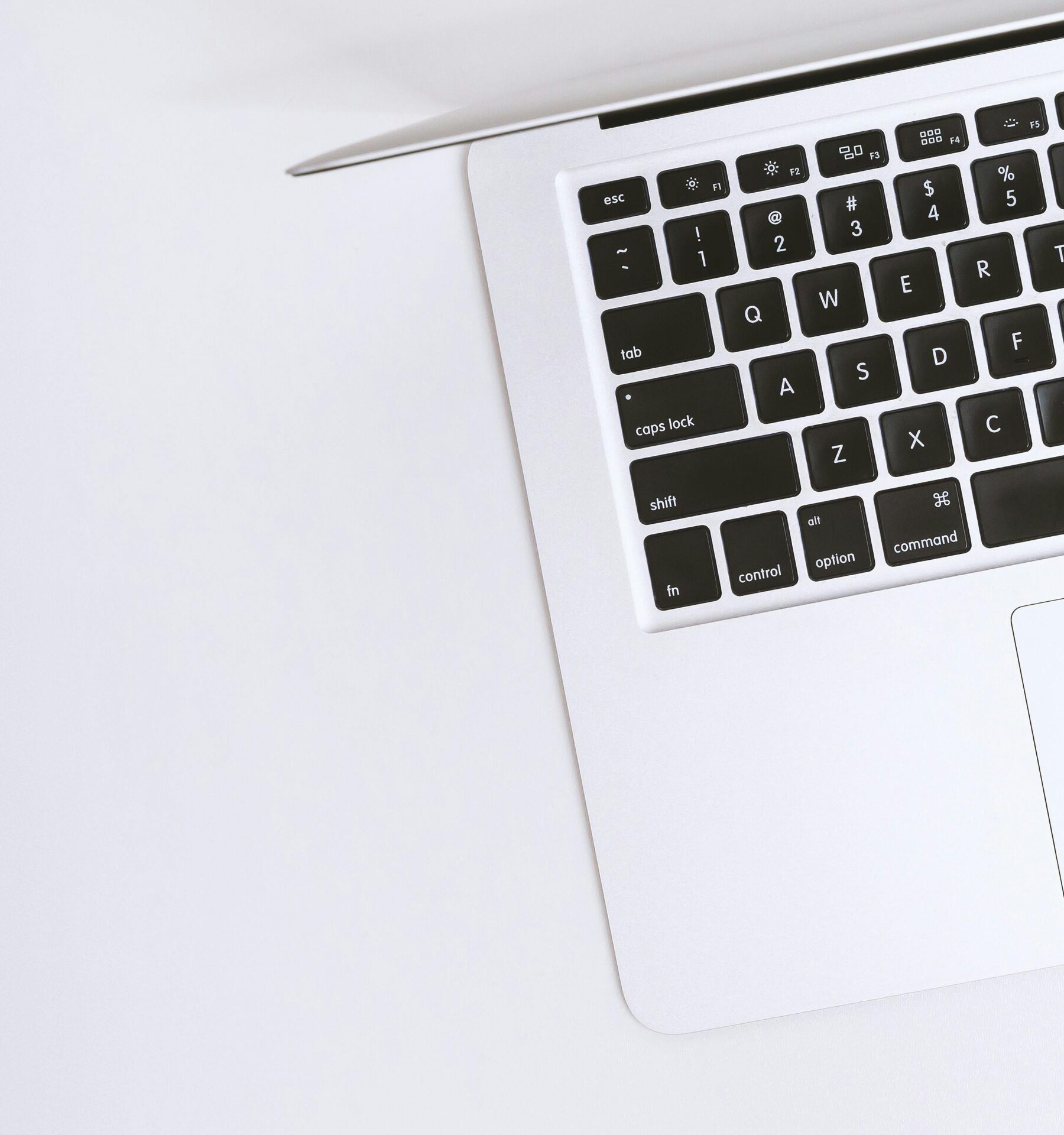On October 29th, Spain faced one of the most significant disasters in European history—a flood. This was the second one experienced by Valencians in less than 70 years.
What happened?
A DANA (Isolated Depression at High Levels) is a meteorological phenomenon characterized by the presence of a cold air mass at high altitudes above a warmer air mass at lower levels. This can trigger severe storms and heavy rainfall in a short time, leading to floods and other devastating effects.
This time, the phenomenon impacted several regions in Spain, especially Castilla-La Mancha, Madrid, and other areas of the eastern peninsula. However, the Valencian Community has been the most affected, with over a dozen municipalities severely impacted.
Unfortunately, the effects of the DANA have not only caused substantial material losses, which will create socio-economic issues in the short and long term, but have also resulted in the loss of human and animal lives. The search for missing persons is still ongoing.
Lorem ipsum dolor sit amet, consectetur adipiscing elit. Ut elit tellus, luctus nec ullamcorper mattis, pulvinar dapibus leo.
Social media saved lives
Over the past week, social networks have played a fundamental role in the management and dissemination of vital information. Here are some of the most significant contributions from these platforms:
1. Coordination of rescue and assistance
From the beginning, users shared photos of missing or isolated people, which helped identify those being found. People trapped in emergency situations were also able to send their real-time location, allowing for faster response in their rescue or assistance. Additionally, social media facilitated the spread of collaboration groups to bring resources and aid to the most affected areas.
2. Visibility of the reality
Social networks allowed real-time insight into the disaster, sometimes contrasting with traditional media coverage. Live broadcasts and videos captured by citizens provided an authentic view of what was happening, increasing information transparency.
3. Information on routes and services
Thanks to constant updates on road conditions, power outages, and essential services, volunteers were able to be better prepared and reach affected areas more safely.
4. Solidarity and support
The solidarity of Valencians has been impressive. Faced with the lack of organized government response, citizens mobilized to help those who had lost everything. Armed with shovels and brooms, volunteers turned up to clean the streets, clearing mud and debris and helping to restore a bit of normalcy to their neighbors.
All of this has been possible thanks to social media and the incredible organizational capacity demonstrated by the people. Through WhatsApp groups, Instagram, and other platforms, neighbors organized to distribute clothing and food donations in community centers that also volunteered. Even websites were created to coordinate volunteers and provide access to those in need, all managed by citizens themselves. Without this self-management, facilitated by social networks, the level of help and organization would have been impossible. The situation has shown that, in times of crisis, civil society has the power to unite and support each other when the government does not meet expectations.
5. Data for the future
Social networks have also generated valuable data that can help analyze the impact of disasters and improve management in future emergencies.
The other side of social media: the danger of misinformation
Although social networks are a powerful tool in times of crisis, they also pose risks. One of the most serious issues is the spread of misinformation, which can cause confusion, alarmism, and panic. In emergency situations, numerous rumors and false news circulate, from incorrect forecasts to images of previous disasters presented as current. These falsehoods can hinder the work of rescue teams and misinform those in risky situations.
Tips for responsible use of social media during crises
To make the most of social networks and avoid falling into misinformation, here are some tips to help you use social media responsibly if you ever face a similar situation:
1 . Verify before sharing
Before sharing any news or image, verify the source. Check official media or verified institution accounts to ensure the information is accurate.
2. Be cautious with images
Avoid spreading images of missing people if you are unsure of their relevance. False or misrepresented images can confuse those trying to locate loved ones.
3. Use relevant hashtags to inform and seek help
If you are seeking information or want to offer help, use hashtags monitored by authorities or rescue groups. This helps to focus information and facilitate rescue efforts.
4. Report on safety conditions
If you are in an affected area and can provide information on road conditions, power outages, or safety, do so clearly and concisely so that others can make informed decisions.
5. Avoid creating panic Avoid alarming or emotionally exaggerated messages that could create panic. If you decide to share an urgent message, ensure it is based on confirmed information and provides useful data.
Social media has proven to be a powerful tool in times of crisis. In situations like DANA, it allows people to connect, offer help, and share information in real-time, saving lives and facilitating humanitarian aid. However, it is essential to use it responsibly to avoid spreading rumors that could complicate the work of rescuers and volunteers and create confusion among the population.
Social networks have great value and power when used responsibly. We hope this situation encourages us to reflect on their potential to transform and save lives and to use them consciously in future emergencies.
Finally, we send our solidarity to all the victims of this disaster and our deepest condolences to those who have lost a loved one.
“The people save the people.”






